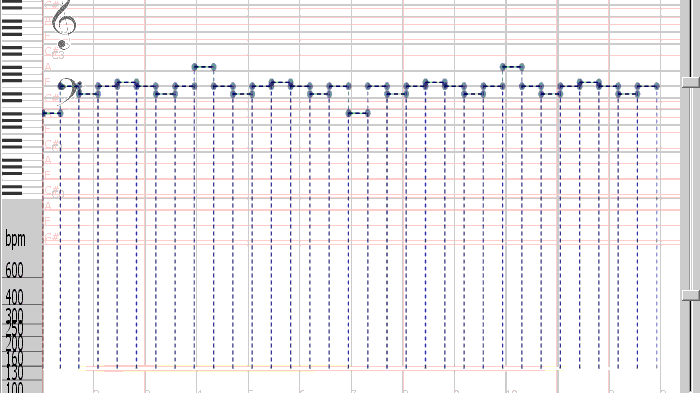
The first simple, use of modulation is to implement vibrato and tremolo effects. Vibrato and tremolo are modulations of low frequencies. To create those, you need to create modulating sounds in the very bottom portion of the score, the portion where the keyboard view shows bpm indications instead of piano keys. To do so, you need to know how to zoom and scroll in the view. You may also want to be reminded that you can get a precise value in Hz for any given pitch, by using View > Show Tooltips. For instance, here is a simple melody that has been modulated in amplitude (to create some kind of "wha-wha" effect) with a tremolo of about 2.6Hz (2.6 pulsations per second):

How is the modulation effect to be understood?
Say you want to create a vibrato effect. Without modulation, you have to draw a wobbly sound, a bit like the first part of this piece:
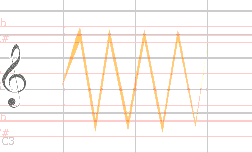
This is not to difficult for a simple and short sound, but if you want to change the frequency of the vibrato, or make it accelerating or decelerating, or edit in any way its characteristics, you have to edit the curve point by point, which is quite tedious. Instead, you can draw a "flat" sound at the average frequency of your original sound, draw another "flat" sound at the frequency of the desired vibrato, and have the second sound modulate the first one:
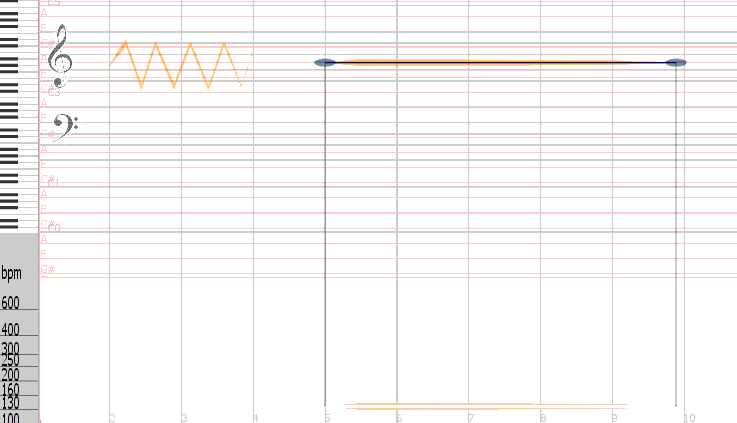
The audio effect is the same, or almost (if you chose the modulator to use a triangle waveform), but this is much more rapidly done and much more precise.
Note that, to adjust the sound to your liking, all the parameters of the modulating sound are to be taken into account:
Furthermore, you can edit separately the shape and parameters of either sound to modulate the modulation itself:
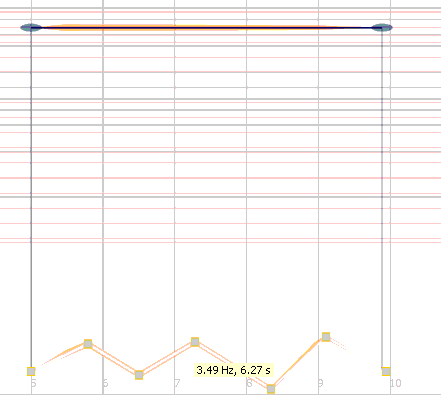
You can even place multiple modulations on the same sound, or cascade modulators with one another to introduce modulations inside the modulation:
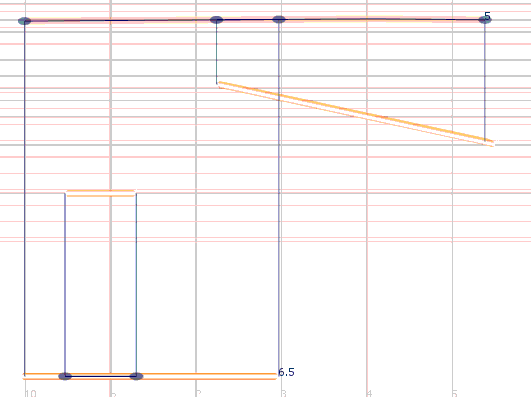
Extremely powerful effects can be created with only a few modulator sounds. Of course, experience is required to master complex settings.
The technique is the same, the effect sounds different. If, instead of a vibrato modulation you wanted to create manually a tremolo effect, you could use one of the "Pulse" envelopes:
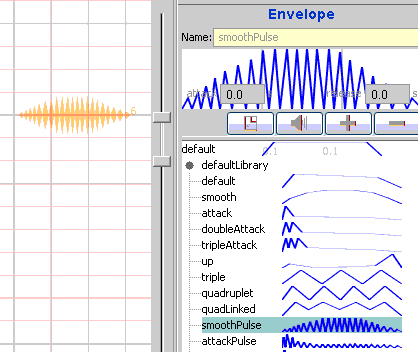
But editing an envelope very precisely can be tedious, and if you need to change the duration of the sound, the whole envelope must be modified, point by point, to preserve the tremolo rate.
Instead, you can create two simple sounds, one, the modulated signal, at the same pitch, and the other, the modulator, at the same position below, but at the height that corresponds to the desired tremolo rate:

You can also cascade tremolo effects and assign several modulators to a single sound. Note that combining or cascading amplitude modulator has actually the same effect, as amplitude modulation is simply a multiplication of the signals, and multiplication is transitive...
Of course, you can combine together tremolo and vibrato effects. Just experiment a lot to obtain a sense of the possibilities...
As with vibrato effects, all the parameters of the modulating sound have an influence over the outcome of a modulation: